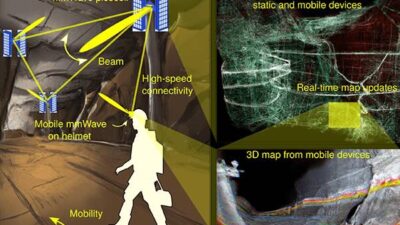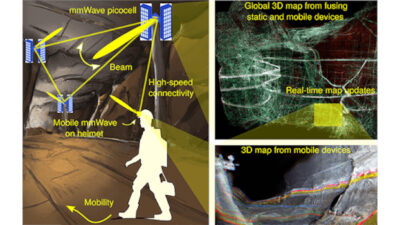Advances in deep learning, 3-D imaging, and optical character recognition (OCR) software are among the major machine vision developments happening right now.
The capabilities of a given machine vision or embedded vision system rely on more than just the hardware of the camera. The central hardware components of a camera are often viewed as solely responsible for the system’s performance – components such as the sensor, the lens, the interface and more are given all the credit, but software can be just as impactful.
The software used in machine vision and embedded vision systems has been making major advances. From the food and beverage industry to the electronics industry, improving machine vision software is having an impact.
While advances have happened across the board, there are four areas in which major gains have been made.
1. High dynamic range inspection
The electronics industry is running their lines faster and with higher resolution, introducing higher signal-to-noise ratios (SNR). Companies are using machine vision software to reduce SNRs for more accurate inspections. Depending on the manufacturer’s need, this software can be highly customized.
2. Optical character recognition software
Optical character recognition (OCR) has historically been limited to black text on white backgrounds, but this is rarely the case in real-world manufacturing. New OCR software can detect characters on busy backgrounds, and some of the newest software can even recognize characters when new fonts are introduced.
3. 3-D imaging
A number of manufacturers have been developing photometric 3-D algorithms to read 3-D text, among other things. Some forms of 3-D vision software combine multiple images of the same part to enhance contrast in 3-D images for more accurate imaging results.
4. Deep learning
Some companies are making strides in deep learning technology, which is one of the latest buzzwords this technology. A few of the largest software developers have image classification tools based on deep learning that detect hard-to-define defects and product variations.
Machine vision software plays a critical role in the performance of a vision system. Today, identifying the right software for a machine vision application is as important as finding the right hardware.
This article originally appeared in Vision Online. AIA is a part of the Association for Advancing Automation (A3), a CFE Media content partner. Edited by Chris Vavra, production editor, CFE Media, [email protected].



